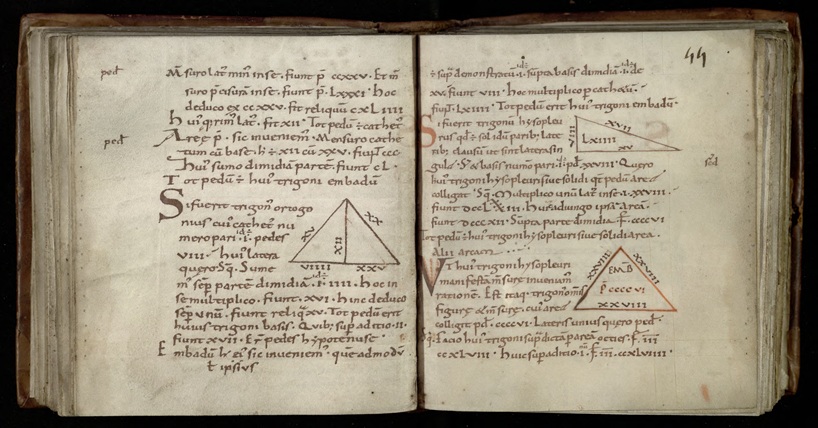Minimum Unit Price study
Minimum unit alcohol pricing may not curb drinking in most at risk
Published on: 20 July 2022
The introduction of minimum unit pricing (MUP) for alcohol may not be curbing drinking in the heaviest and most vulnerable drinkers in Scotland, research suggests.
A Newcastle University study, published in the journal BMJ Open, revealed that while MUP was associated with larger reductions in consumption among heavier drinkers, overall, consumption fell more in women who tend not to drink as heavily as men.
MUP was also not associated with reduced consumption in younger, living in more deprived areas, or heaviest drinking men — those the policy was primarily designed to target — the findings show. Indeed, consumption increased among the 5% of heaviest drinkers following its introduction.

Evaluation of policy
Peter Anderson, Professor of Substance Use, Policy and Practice at Newcastle University, said: “When the Minister for Public Health, Sport and Wellbeing introduced the 2018 alcohol policy framework, he emphasised that the implementation of the MUP was strongly motivated by an interest in decreasing health inequalities through a reduction in alcohol consumption among the heaviest and most vulnerable drinkers.
“Our results indicate that this goal may not be fully realised: first, we found that women, who are less heavy drinkers in our data and in almost all surveys worldwide to date, reduced their consumption more than men; second, the 5% of heaviest drinking men had an increase in consumption associated with MUP; and, third, younger men and men living in more deprived areas had no decrease in consumption associated with MUP.”
After Scotland, Canada, Wales and several Eastern European countries adopted minimum unit pricing (MUP) or beverage-specific minimum prices - a threshold below which alcohol products can’t legally be sold — the policy is now being considered elsewhere.
The MUP in Scotland was set at £0.50 per unit (8g) of pure alcohol (ethanol) sold from May 2018, as part of a larger national alcohol strategy, designed to curb hazardous and harmful drinking, targeting drinkers at the greatest risk of harm.
Evaluations of the policy to date have been positive, showing a general fall in alcohol purchases, use, and heavy drinking, but many of these studies have been based on alcohol sales or household expenditure.
The researchers therefore wanted to assess whether the impact of the Scottish MUP might differ by sex, existing drinking patterns, age, and level of deprivation.
They drew on data from the KWP Alcovision survey, an ongoing cross-sectional online diary survey of the previous week’s alcohol consumption, with an annual sample of around 30,000 adults in Great Britain.
Respondents provide detailed information on their alcohol consumption over the previous seven days, including details on brands, types and total volume in grams drunk, as well as whether these drinks were consumed in a licensed premises or elsewhere.
They compared these figures for Scottish adults with those of English adults before and after the introduction of the MUP.
They then repeated this, using adults resident in Northern England (North West, North East, and Yorkshire and Humber regions) as a comparison group, on the grounds that the drinking culture in these regions is similar to that of people living in Scotland.
Observational study
The final analysis included drink diaries completed by 106,490 respondents (53,347 women and 53,143 men) from England and Scotland between 2015 and 2018. An average of 512 diaries were completed every week, a rate that remained constant over the four-year period.
Analysis of the survey data showed that compared with residents in England, MUP was associated with a drop in reported weekly total alcohol consumption of just under 6g a week, a drop in home consumption of 3.3g, and a drop in consumption at licensed premises of 2.7g. This represents a fall of just over 6% following the introduction of the MUP in Scotland.
The reductions were larger for women (8.6g a week) than for men (3.3g a week), both when compared with England as a whole and when compared with just Northern England. And they were greater among heavier drinkers than among lighter drinkers, with the exception of the 5% of heaviest drinking men among whom consumption increased by more than 10%.
Further analyses showed that falls in consumption were greater among older respondents and those living in less deprived areas. But MUP wasn’t associated with a fall in consumption among younger men (under the age of 32) and those living in the most deprived areas.
This is an observational study, and as such, can’t establish cause. And the researchers acknowledge that their findings relied on subjective assessments of the quantities drunk. Nor can the research claim to fully represent all those who drink alcohol.
Professor Anderson added: “Before any further conclusions can be drawn, we need to corroborate our sex, age, heavy drinking and socioeconomic status-related findings in different studies. Different conclusions about the impact of MUP may result for other countries.
“If indeed the findings of our study are corroborated, then additional and/or different pricing mechanisms may need to be considered.”



